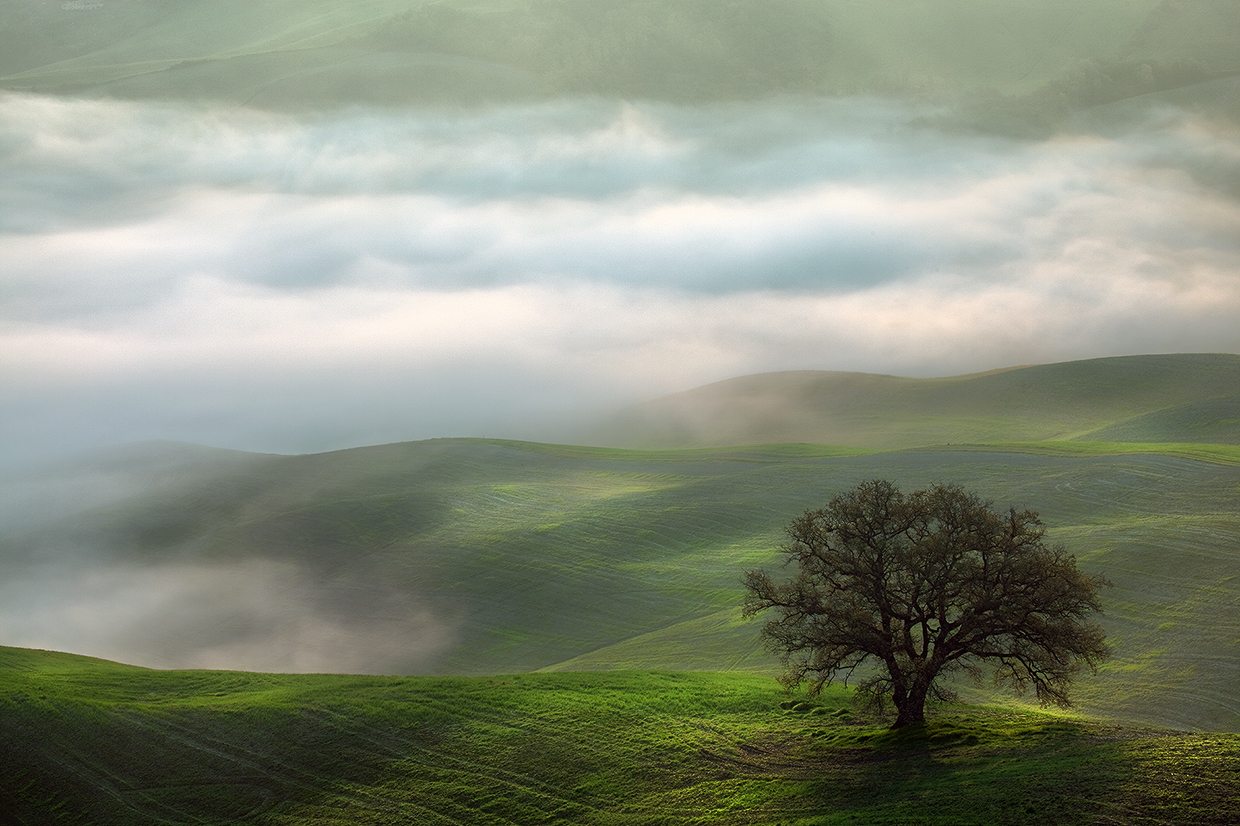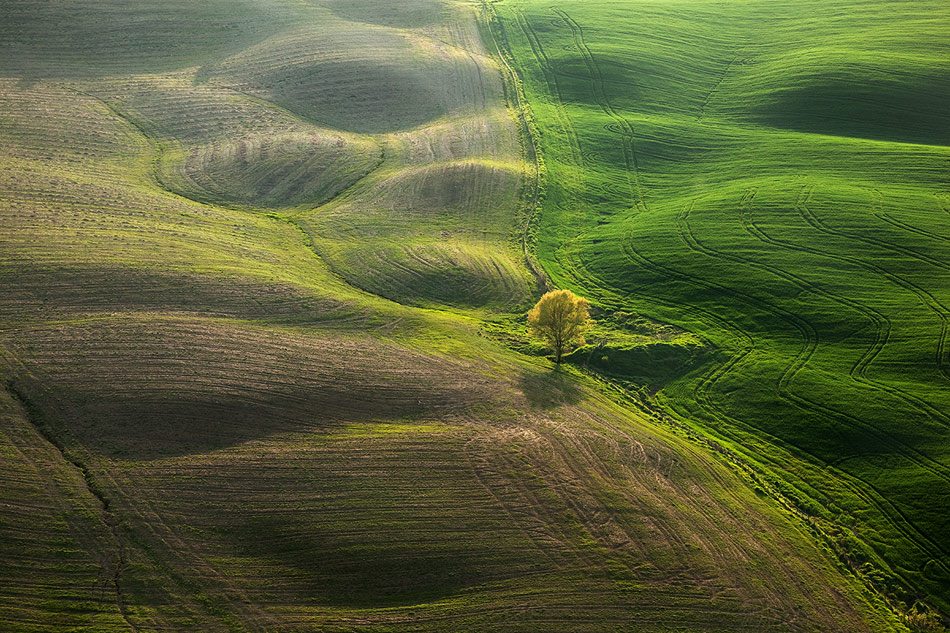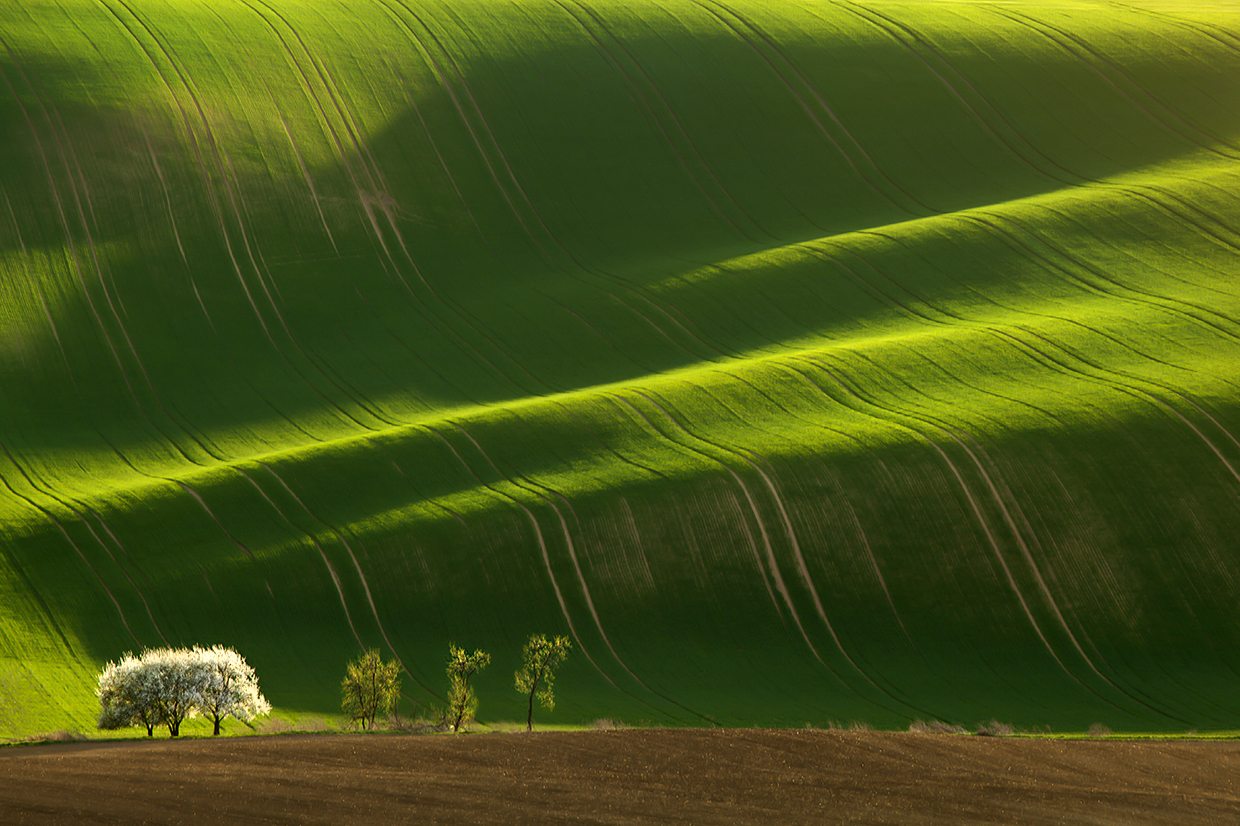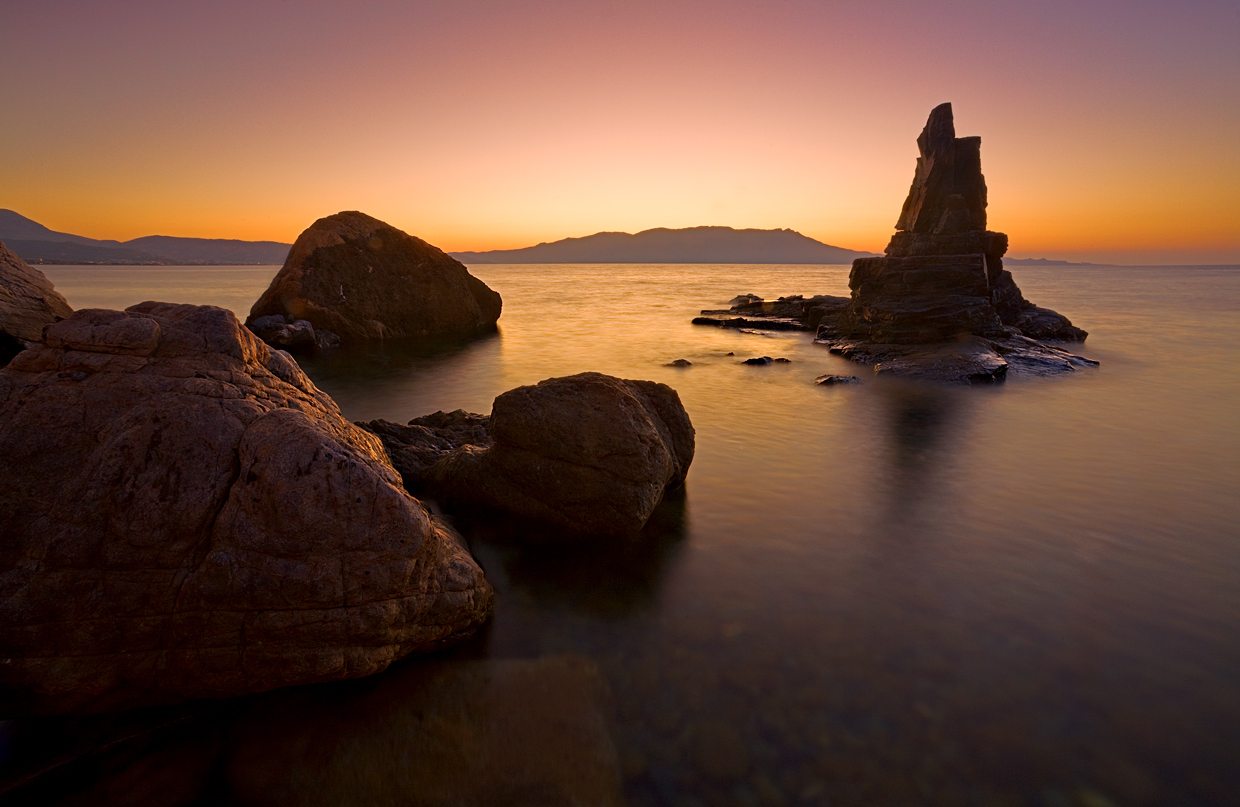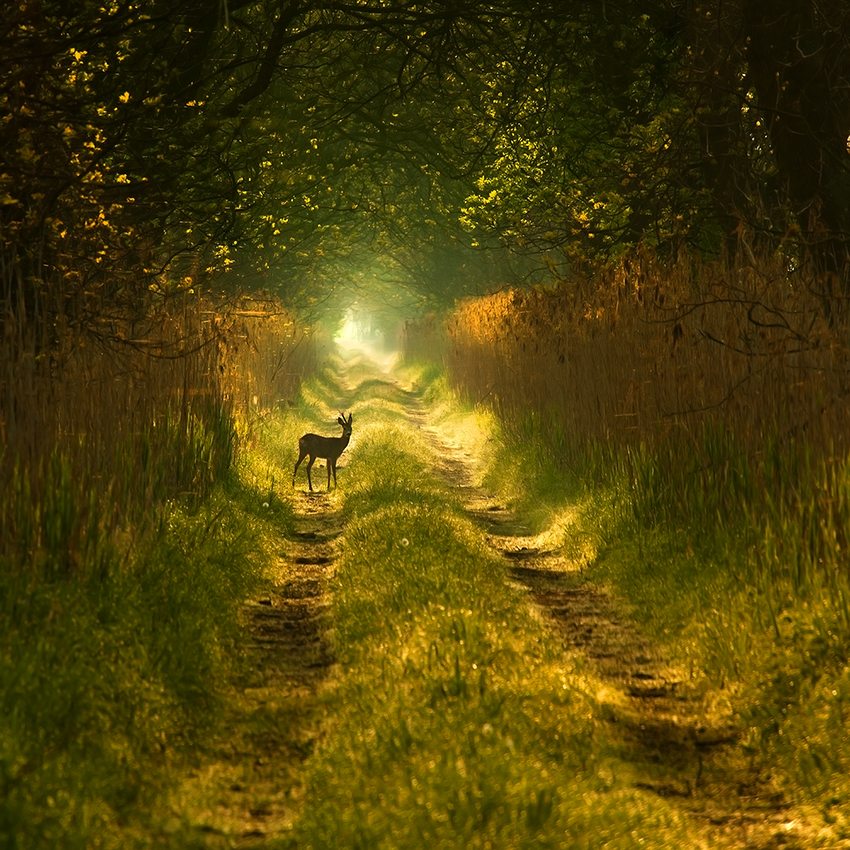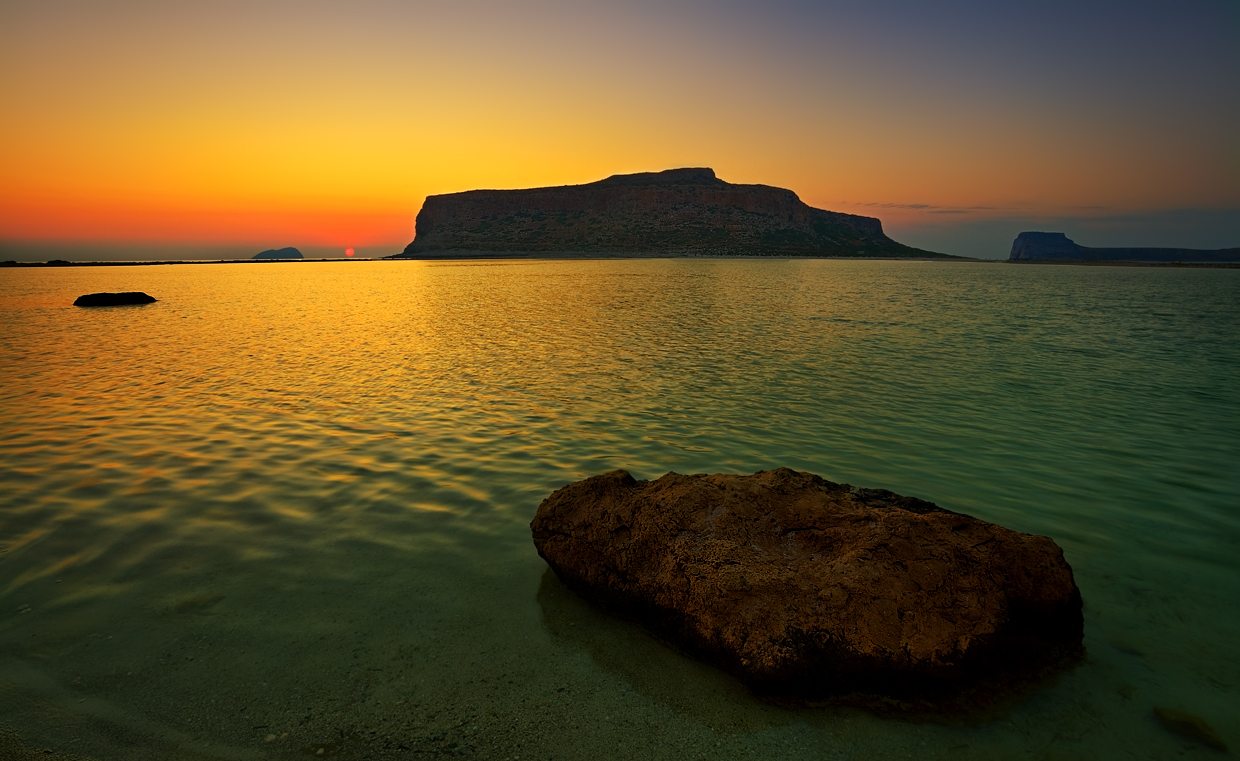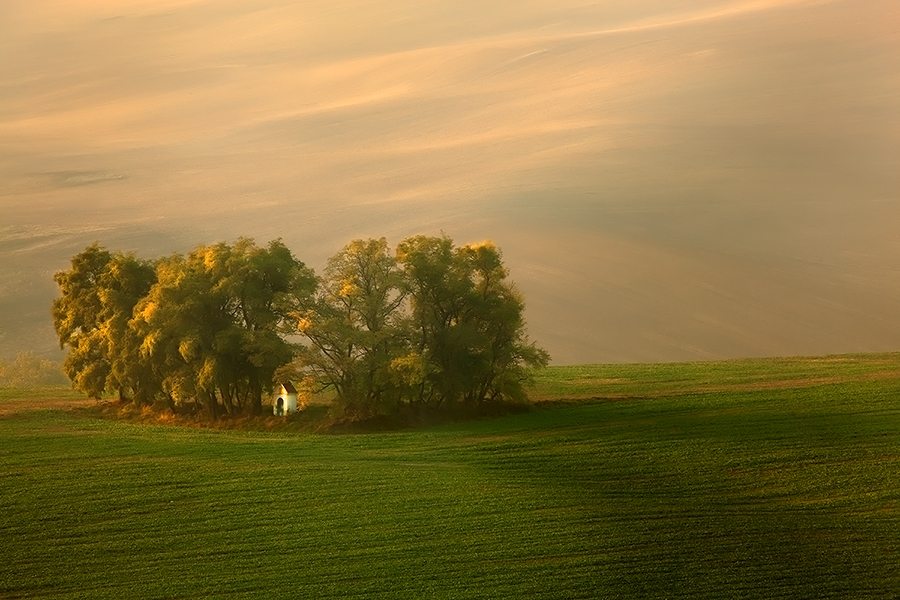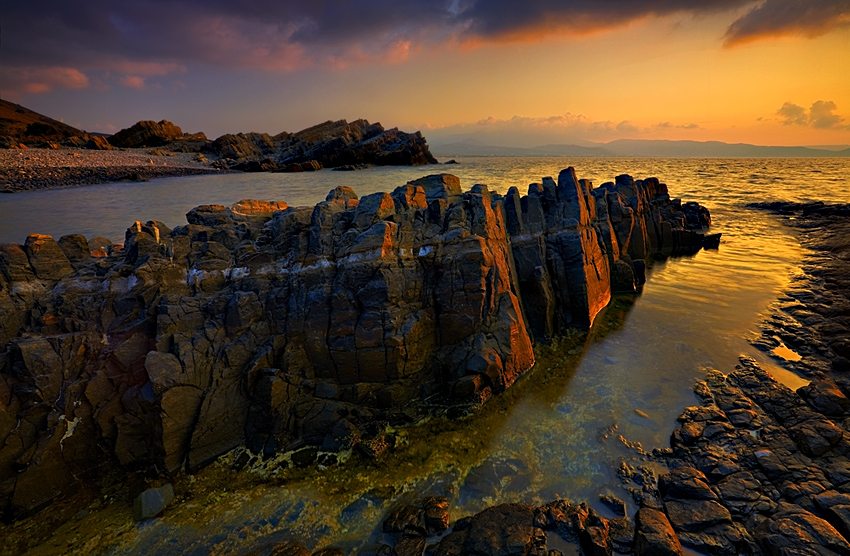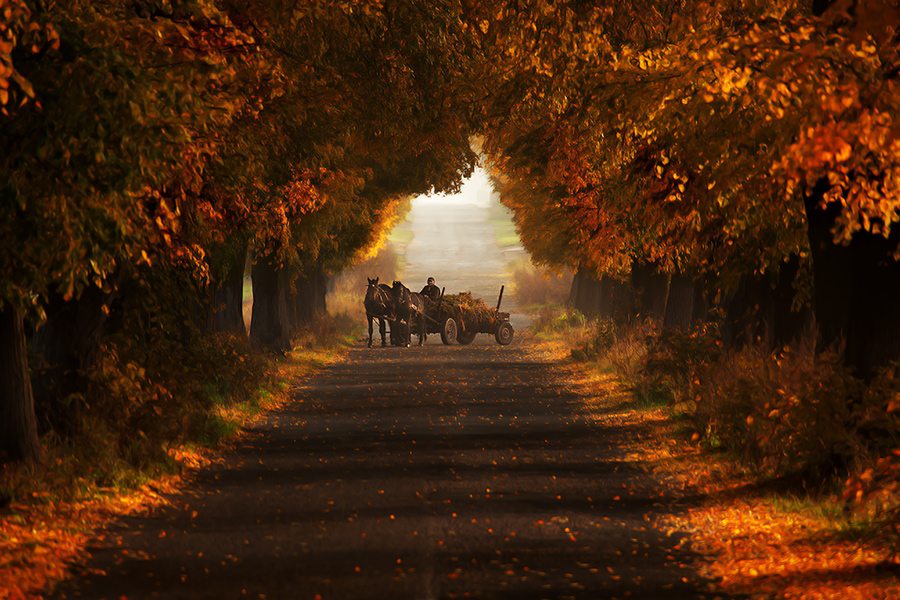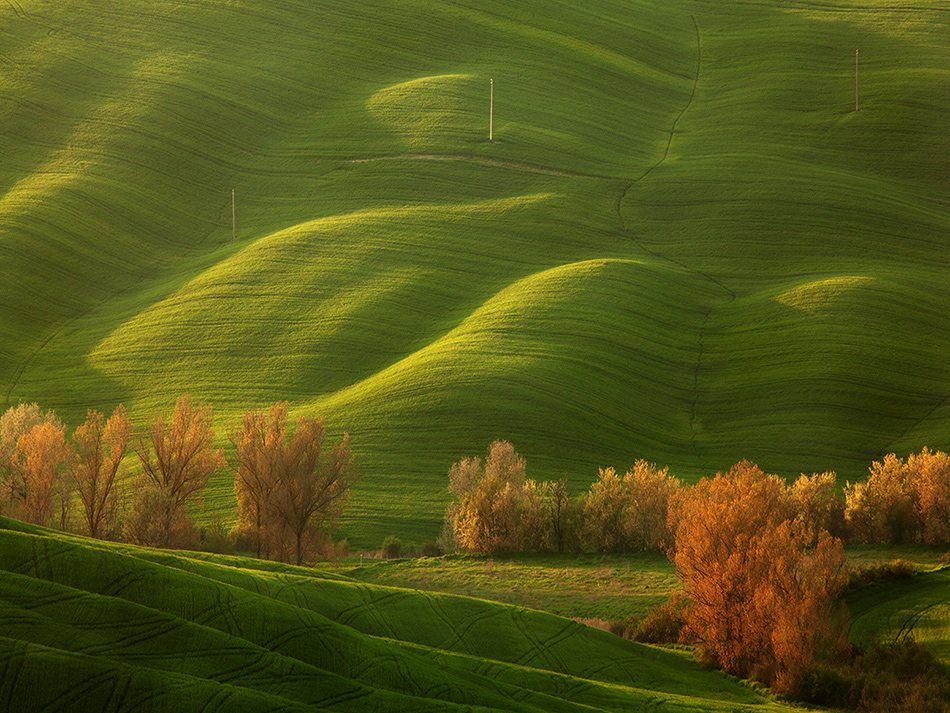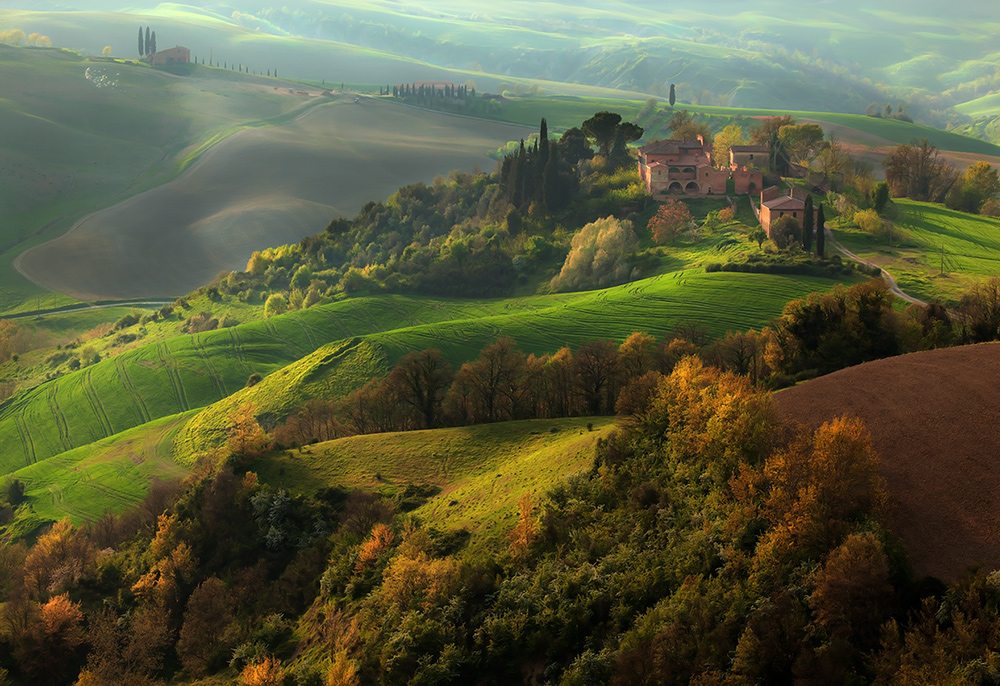Light, Color, Composition: Visually Stunning Photography by Marek Kiedrowski
Marek Kiedrowski is an award-winning fine art landscape photographer born in Poland in 1963. With a love of the outdoors, passion for nature and a keen eye for capturing the perfect compositions to create absolutely stunning images, Makek's portfolio showcases a wide variety of landscape locations from the great Poland lakes, Czech Republic countryside's, Italian mountains or beauty of Greek coasts.
Within this interview, pro photographer Marek Kiedrowski provides the fundamentals about capturing the peaceful solitude of fine-art landscape visually stunning imagery.
Tell us about something about Marek Kiedrowski Photography? I’m Mark Kiedrowski, and I was born in Poland in 1963. My father was a forester, and he taught me respect for nature, which turned into a great love when I discovered that the best way to commune with nature is to view and photograph her through a lens.
Like my father, I also became a forester. It was while learning forestry that I met a group of young wildlife photographers. Together with them, I began my adventure in photography. When I first started, only analog technology existed, and advanced photographers had to have darkroom experience and skills. Working with analog materials in the open air was also much more difficult than at present.
As a teenager, I photographed mostly birds and animals. My interest in landscape photography would occur much later. Just after I started working with photography seriously, very hard times befell my country; the ’80s and ’90s were a time of great change in Poland. For quite a long time, I had to forget about photography.
My long-ago hobby resurfaced when digital photography became more common. In 2005, I bought my first DSLR – a Canon 20D – and some EF-S system lenses. From that moment on, I became interested in landscape photography.
Today, I photograph with a Canon 5D Mark II with a basic set of lenses: EF 17-40, EF 100-400mm, Tamron 24-70mm.
What’s your creative process like? Every photographer develops his own creative system. Many things come with time and are the result of experience. But no matter what system you use, good photography requires a lot of effort, time, and patience.
I spend a lot of time finding new interesting places. I drive and hike for many miles, constantly looking around in search of shots. I also use Internet resources such as satellite photography in Google Maps, online galleries, and clips of other photographers.
Next, I gather as much information as I can about the location. For example, what’s the prevailing weather there, what time of the year is most interesting, and when is the lighting most beautiful?
Graphics programs also play a significant role in retouching photographs, necessitating that good photographers spend time learning and working with programs such as Photoshop or Photomatix in order to produce an exceptional final photograph.
Where do you find inspiration and why you like photography? The inspiration for me is nature. In some situations, nature co-exists with man’s alterations, for example in Tuscany. This region was beautifully formed by nature but also very strongly modified by human hand. I do not know any other place on Earth where the evidence of humans so beautifully harmonize with what Mother Earth gave us.
Photography fascinates me with the way it provides the opportunity to show viewers the familiar world in a different way. A photographer looks at the world through the camera’s eye, which cuts through the landscape of the most interesting of his pieces, which for many remains unresolved.
What are some tips you could give to people that really like your work? Never forget – LIGHT, COLOR, COMPOSITION. The main thing is do not be put off by setbacks; success will come with time.
Pay particular attention to the role of light, as it makes our photography come alive. If you find a good place, be patient and wait for the moment when all the elements of the scene – the place, light, weather – come together at the same time. If you're extremely patient, you may be rewarded in the form of free natural staffage – a wild animal, bird, or sometimes a man in motion. Such elements can really revive the image.
Accuracy is also a very important element of photographs. Even a small error reduces the value of a photograph.
Can you name some photographers that inspires you with their works and why? I’m not the first to mention Ansel Adams, for obvious reasons. Contemporary photographers that provide inspiration include Patrick Di Fruscia, Marc Adamus, Brian Kosoff, and Nick Brandt. Among the many Polish photographers I must mention are Maciej Duczyński, Marcin Sacha, and of course, my good friend Krzysztof Browko. These photographers not only display excellent craftsmanship, but also engender a great repository of positive emotions.
Can you tell us something about the project that are you working on? I’ve been preparing a long-term project with Krzysztof Browko, but for now, it must remain a mystery. I am currently working on a small area only a few dozen kilometers from my home. The first photos of this place have already shown in several galleries on the web. This area boasts extremely beautiful mid-field alleys. Each has its own characteristics, which vary with the seasons. I plan to continue photographing this subject in the future. I hope also for a few good pictures from Greece, where I intend to spend the coming holidays.
***
Dear Mr. Marek Kiedrowski, thank you for this opportunity to conduct an interview about your sensational visual marvels and experiences. At Photography Office, we consider that the creative techniques used in capturing and exposing the unique landscapes will leave our audience breathless. We are looking forward ot see more great photographs in your portfolio and we are very enthusiastic to find out the results from the collaboration with pro photographer, Krzysztof Browko.
**
I would like to add a special thank you to Cynthia Bingaman from Clear Copy Solutions in helping us with Proofreading and Copywriting.
